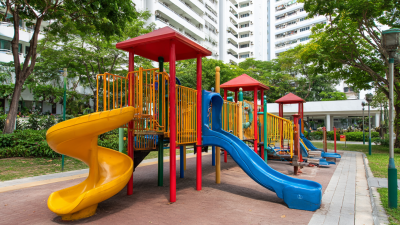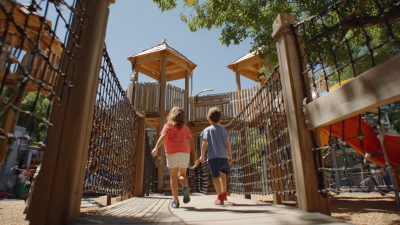 +86-13901441113
+86-13901441113




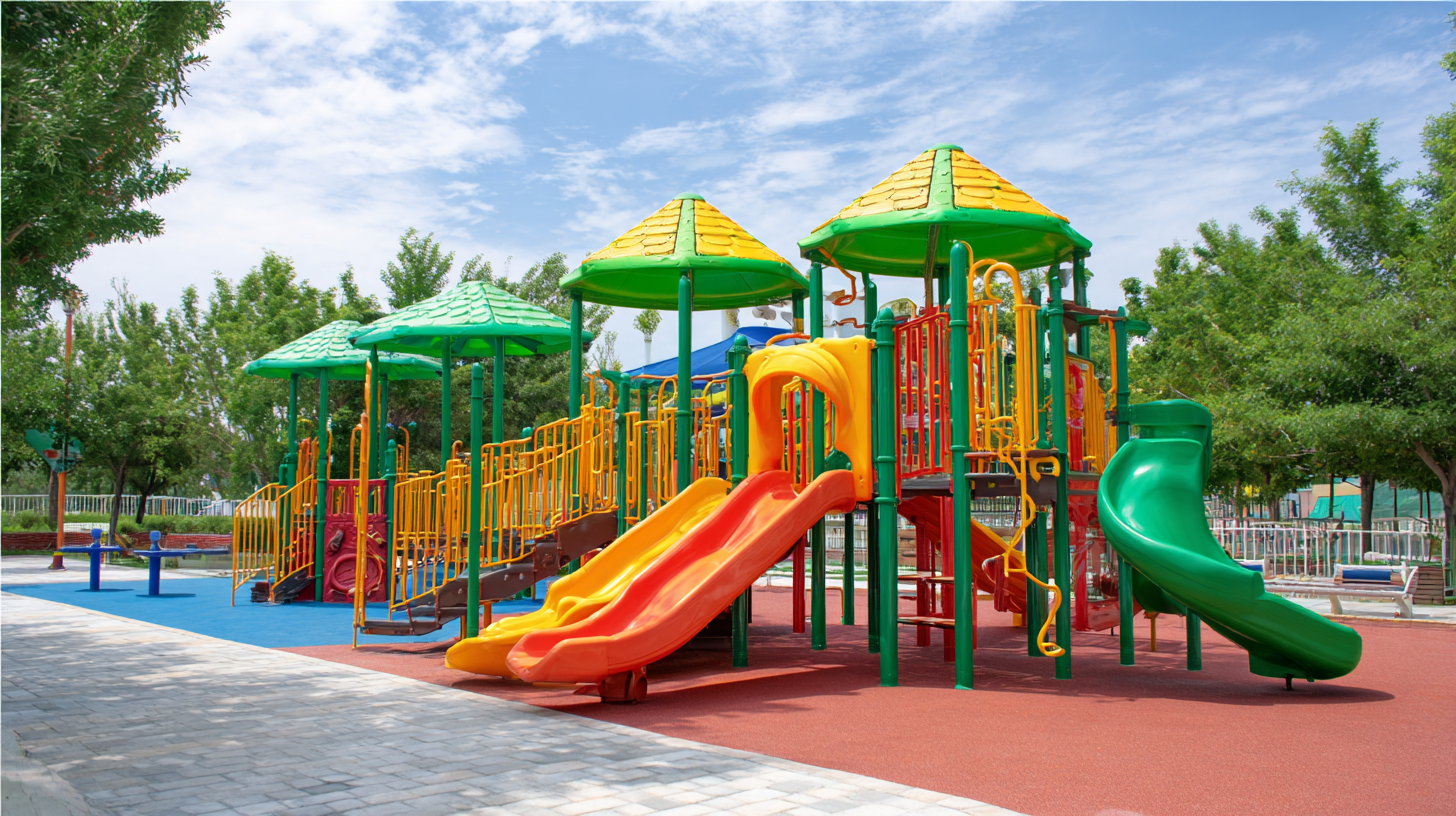 Choosing the best daycare playground equipment is a crucial decision that can significantly impact child development and overall well-being. A well-designed playground not only provides a safe and enjoyable space for children to play but also fosters essential skills such as social interaction, physical coordination, and cognitive growth. As caregivers and educators, it is our responsibility to ensure that the equipment we select promotes active play and encourages exploration.
Choosing the best daycare playground equipment is a crucial decision that can significantly impact child development and overall well-being. A well-designed playground not only provides a safe and enjoyable space for children to play but also fosters essential skills such as social interaction, physical coordination, and cognitive growth. As caregivers and educators, it is our responsibility to ensure that the equipment we select promotes active play and encourages exploration.
In this guide, we will explore various aspects to consider when choosing daycare playground equipment, including age-appropriateness, safety features, and the balance between challenge and accessibility. By equipping our playgrounds with high-quality, developmentally suitable equipment, we create an enriching environment where children can thrive, learn, and build lifelong skills through play.
Playground equipment plays a pivotal role in child development, encompassing various physical, social, and cognitive aspects. Research from the American Academy of Pediatrics indicates that children who engage in regular outdoor play demonstrate enhanced motor skills, improved coordination, and increased strength.
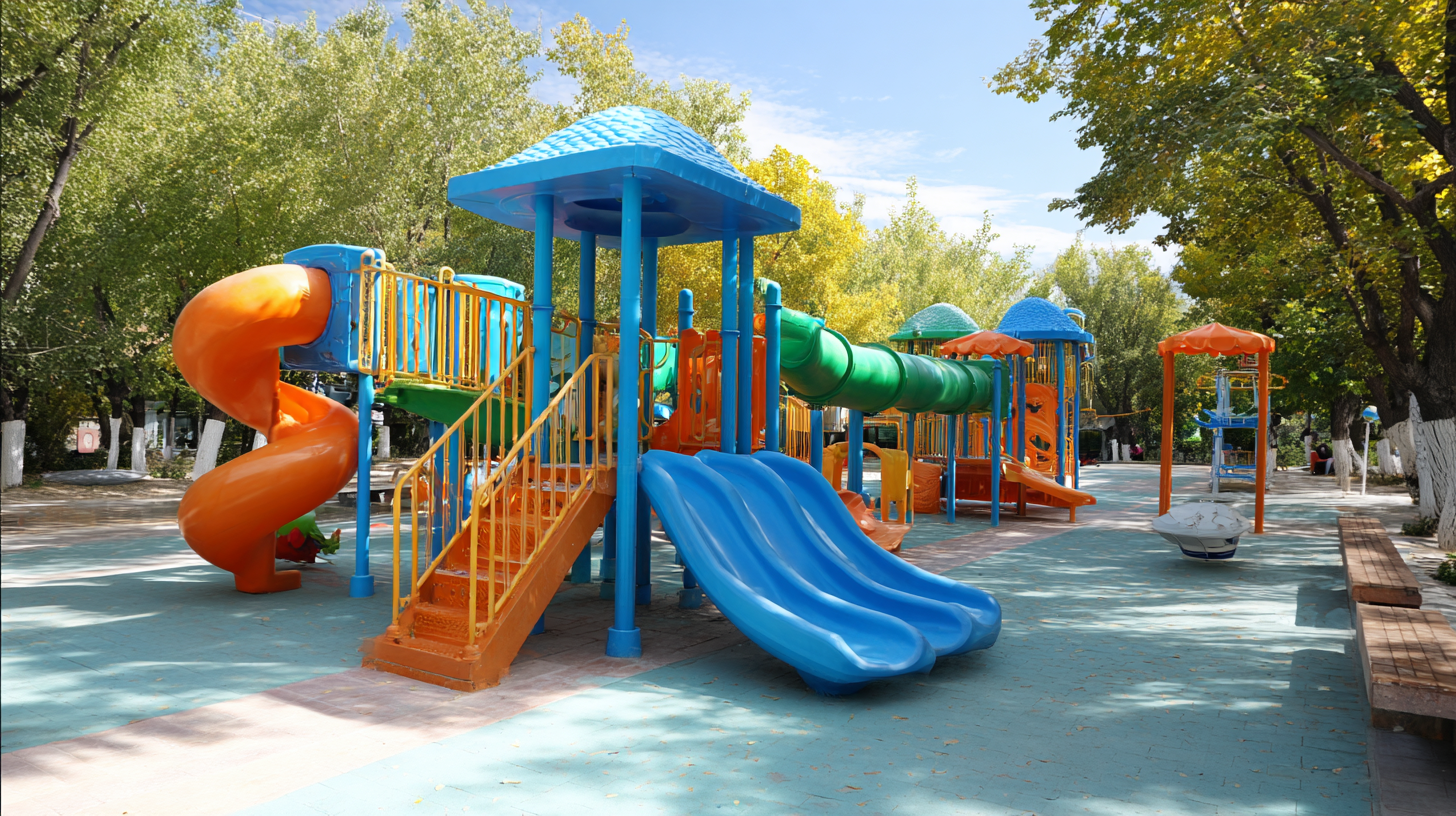 For instance, climbing structures not only challenge physical abilities but also stimulate risk assessment and decision-making skills as children navigate height and balance. These experiences are crucial as they help build confidence and resilience in young learners.
For instance, climbing structures not only challenge physical abilities but also stimulate risk assessment and decision-making skills as children navigate height and balance. These experiences are crucial as they help build confidence and resilience in young learners.
Additionally, well-designed playgrounds promote social interaction, fostering cooperation and communication among peers. A study by the National Recreation and Park Association highlights that children who have access to diverse play equipment are more likely to engage in collaborative play, which supports essential social skills. Features like swings, slides, and interactive play panels encourage shared experiences and negotiations, allowing children to practice teamwork and build lasting friendships. Therefore, selecting appropriate daycare playground equipment is essential, as it directly correlates to holistic child development and laying a strong foundation for lifelong skills.
When choosing daycare playground equipment, several key factors must be considered to ensure optimal child development. First and foremost, safety is paramount. According to the U.S. Consumer Product Safety Commission, injuries related to playground equipment send more than 200,000 children to emergency rooms each year. Therefore, selecting equipment made from non-toxic, durable materials with rounded edges and appropriate surfacing can significantly reduce risks. Ensuring that the equipment adheres to safety standards set forth by organizations like ASTM International can provide further assurance.
Another critical factor is the variety of equipment available. Research from the National Association for the Education of Young Children suggests that diverse play opportunities can promote physical, social, and cognitive development. Equipment that encourages imaginative play, such as climbers, slides, and interactive panels, helps children develop essential skills such as problem-solving and collaboration. Additionally, incorporating elements that cater to various age groups ensures that all children can engage meaningfully, fostering an inclusive environment where every child can thrive and grow.
When selecting daycare playground equipment, it is crucial to adhere to safety standards and regulations designed to protect young children. According to the latest guidelines, such as those issued by the Education Bureau of Shenzhen, the establishment and operation of nurseries must comply with stringent educational and safety criteria. These regulations stipulate that playground equipment should meet the national standards for safety, which include guidelines on height restrictions, surfacing materials, and overall design to minimize the risk of injury.
Research shows that proper safety measures in playground design significantly reduce the likelihood of accidents. For instance, a report by the American Society for Testing and Materials (ASTM) indicates that 75% of playground-related injuries can be prevented through compliant design and maintenance practices. Therefore, it is essential for daycare centers to invest in playground equipment that not only fosters developmental growth but also aligns with established safety standards. By choosing equipment certified for its safety features, educators can ensure a secure environment that encourages physical activity and social interaction among children.
When selecting daycare playground equipment, it is essential to focus on items that effectively promote physical and social skills. For instance, climbing structures encourage children to develop their gross motor skills. As they navigate varying heights and slopes, they enhance their balance, coordination, and strength. Additionally, these structures foster a sense of achievement and confidence as children conquer new challenges.
Playground equipment that promotes cooperative play, such as swings and merry-go-rounds, can also significantly enhance social development. These shared experiences encourage communication, turn-taking, and teamwork among children, essential skills as they grow. Integrating elements that allow for imaginative play, like sandbox areas or role-play stations, can further stimulate creative thinking and social interaction.
Tips for selecting the right equipment include observing the ages and developmental stages of the children who will use it. Choose equipment that is safe, age-appropriate, and designed to accommodate various skill levels. Additionally, consider incorporating sensory play elements, such as musical instruments or tactile panels, to stimulate children's senses and encourage exploration. Remember, the ideal playground promotes not only physical activity but also the social bonds necessary for holistic child development.
| Type of Equipment | Physical Skills Developed | Social Skills Developed | Recommended Age Group |
|---|---|---|---|
| Climbing Structures | Enhances strength, balance, and coordination | Encourages teamwork and communication | 2-5 years |
| Swing Sets | Improves core strength and coordination | Promotes turn-taking and sharing | 1-5 years |
| Slides | Develops gross motor skills and spatial awareness | Encourages waiting for a turn | 2-6 years |
| Sand and Water Play Areas | Enhances fine motor skills and creativity | Fosters cooperative play and sharing | 1-6 years |
| Balance Beams | Improves balance and coordination | Encourages peer interaction and support | 3-7 years |
When selecting playground equipment for daycare facilities, it is essential to evaluate age-appropriate options that cater to the diverse developmental needs of children. Different age groups require specific types of equipment that promote motor skills, social interaction, and cognitive development.
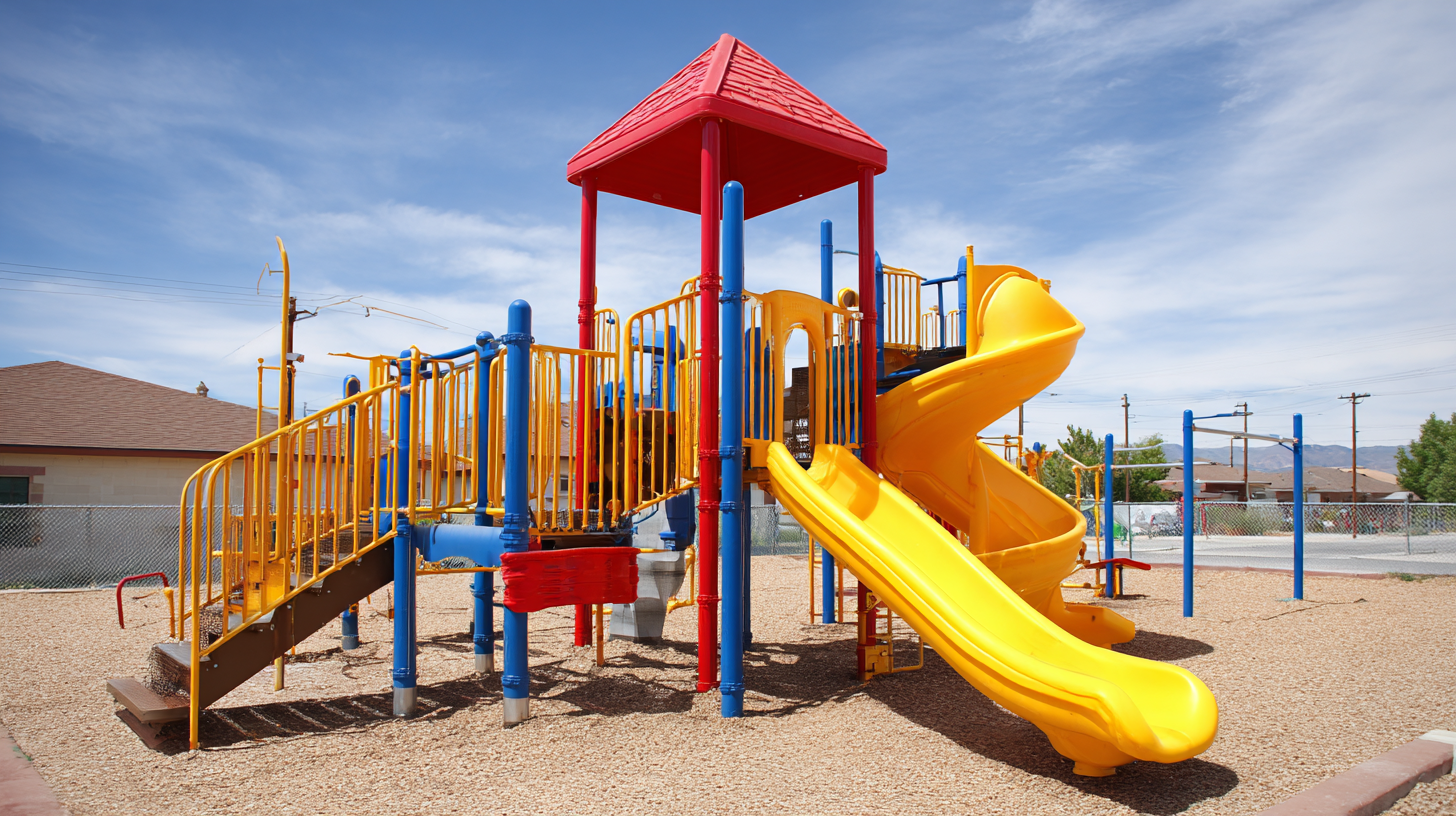
For toddlers, soft play structures with minimal height allow for safe exploration while developing basic coordination skills. Options such as climbing frames and interactive panels can enhance their curiosity and encourage social play as they begin to engage with peers.
For preschoolers, more complex equipment becomes suitable, as they are typically ready for challenges that support their growing abilities. Equipment with various levels, balance beams, and team-focused play structures can help foster their physical skills and encourage cooperation amongst peers.
Additionally, incorporating sensory-rich tools, like musical instruments or water play, can cater to diverse learning styles and keep children engaged. Prioritizing safety while ensuring the equipment meets developmental milestones will create an enriching environment that supports each child's unique journey in growth and learning.


